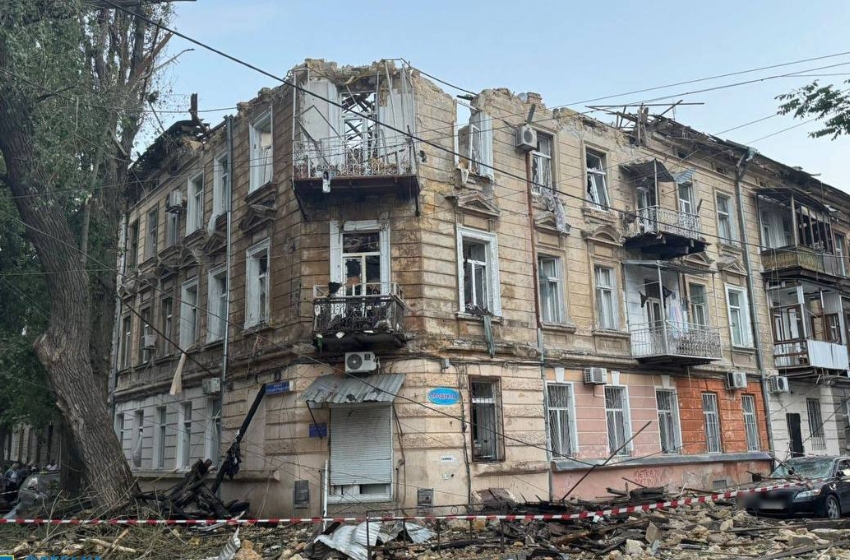Russian forces appear to be applying lessons learned from attempts to man Russian multilayered defenses in western Zaporizhia region during the Ukrainian counteroffensive to current Russian defensive operations in Kherson region.
A Ukrainian soldier operating on the left (east) bank of Kherson region characterized Russian defensive positions as “elaborate dugouts that [Russian forces] constructed over months” in an interview with the Wall Street Journal (WSJ) published on November 15.
The WSJ also reported that Russian forces heavily mined the area around Krynky (30km northeast of Kherson City and 2km from the Dnipro River), where Ukrainian forces currently maintain positions.[6] Ukrainian military observer Kostyantyn Mashovets noted that Russian forces are not deploying their forces in a “pillar formation” at the immediate frontline on the east bank, likely in an effort to protect concentrations of Russian forces from Ukrainian artillery fire and drone strikes.
Mashovets claimed on November 12 that the Russian command in the Kherson direction has refused to commit additional forces of the 70th Motorized Rifle Division (of the newly formed 18th Combined Arms Army) and 7th Air Assault (VDV) Division beyond elements of single regiments and battalions to the frontline, opting instead to maintain the remainder of these formations in near rear areas and secondary echelons of defense.
This tactical deployment of forces in Kherson is reminiscent of changes that Russian forces made to Russian tactical defensive deployments in western Zaporizhia region. ISW observed Russian forces concentrating personnel along the defensive layer closest to Ukrainian offensive operations at the start of the Ukrainian counteroffensive in western Zaporizhia region.
ISW observed a shift in Russian defensive operations as Ukrainian forces began penetrating Russian defensive layers in mid-September, wherein Russian forces shifted personnel away from manning immediate frontline defensive positions in order to man defensive layers further from the frontline from which more combat effective forces would counterattack.
Russian forces have not constructed extensive visible defensive fortifications similar to those that Russian forces established in western Zaporizhia region prior to the start of the Ukrainian counteroffensive and appear to have opted for more discrete fortifications set further from the frontline. The discrete fortifications located away from the frontline in Kherson region will likely only be fully effective if they remain concealed, however. Fall and winter weather conditions may reveal some concealed positions as foliage and natural ground cover die.





















